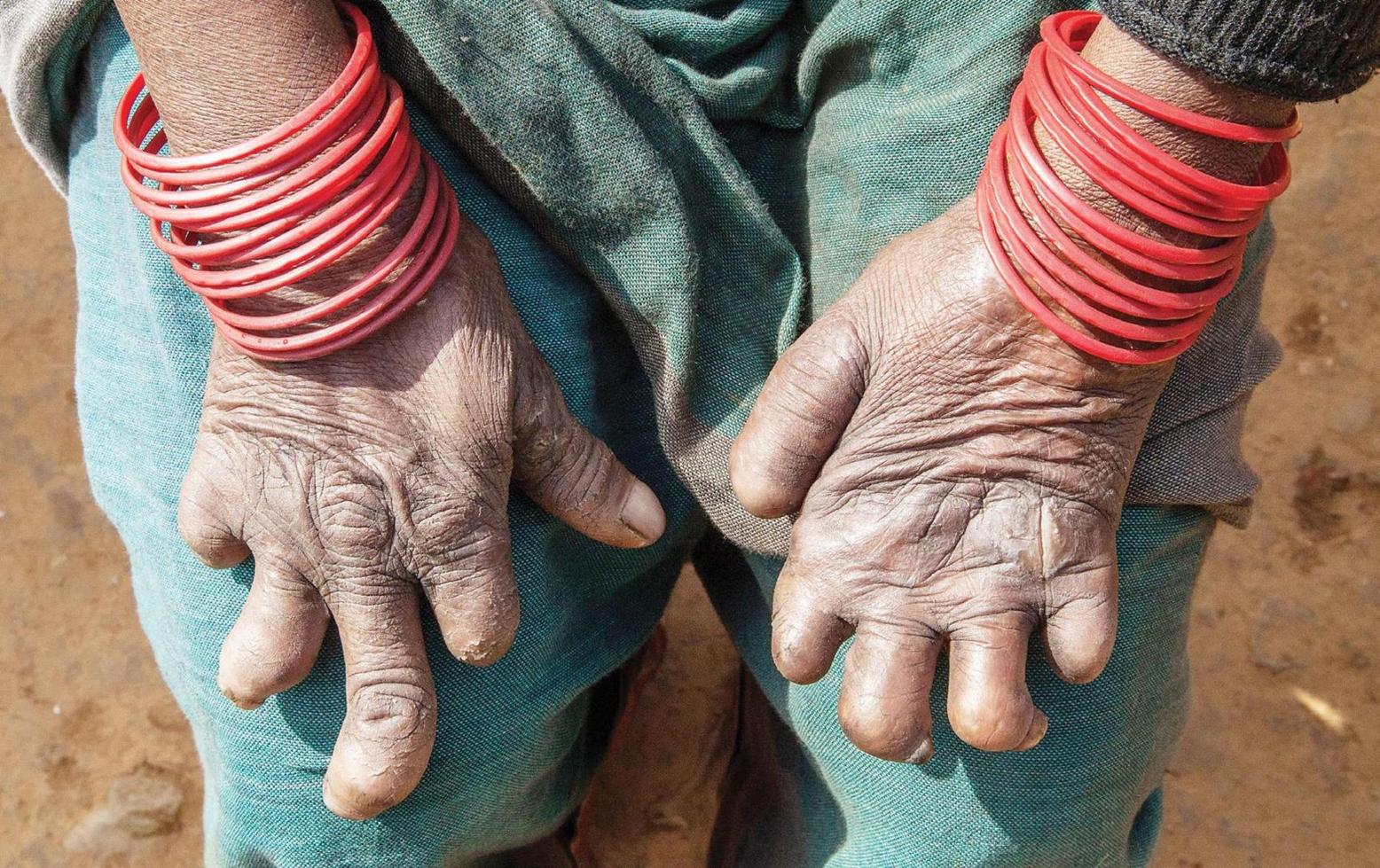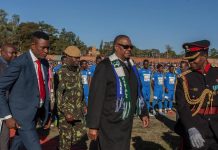Africa-Press – Malawi. Long thought for ages to be eradicated in the region, leprosy, like a vicious giant that had been sleeping, is back. Since Malawi attained World Health Organisation (WHO) leprosy elimination status in 1994, the country, like others elsewhere, seemingly relaxed efforts to forever keep the disease at bay.
Now, more cases are being reported in several health facilities across the country. In Nkhotakota District, for example, over 60 cases have already been reported this year alone, according to District Health Clinician Andrew Namakhwa.
He confirms that there are still more undetected cases within communities which are not reported to health facilities. Shortage of well-trained health personnel is making early detection a mountain to climb.
With only two well-trained leprosy officers for the district hospital and its 21 satellite health centres, Nkhotakota remains at risk. This, Namakhwa says, is chocking efforts to curb the re-emerging health challenge in the district; coupled with challenges hinging on mobility as well as lack of civic education among community members.
“These cases are from a few health centres and we believe that there are a lot more out there. We get just a handful of clients for screening,” Namakhwa said. The cases are not restricted to Nkhotakota.
Mzimba has registered at least nine patients since January this year, three of whom were discharged upon completion of treatment, according to the hospital’s Leprosy Focal Person Dan Kwacha. With 33 health centres under the hospital, the district has only two health surveillance assistants (HSAs) who are trained in leprosy.
“Mzimba South is one of the biggest districts. We can’t manage to reach out to all the health centres with just two HSAs. Looking at past trends, we used to have more leprosy cases in the district than the rest,” Kwacha says.
He adds that more trained hands on the ground could help them detect more cases and assist them in time. “As it stands, we can’t manage to do surveillance, like routine visits to these health centres, and do community sensitisations because we don’t have resources,” Kwacha says.
Meanwhile, the hospital has resorted to using nurses with little knowledge of the disease to complement efforts by the two HSAs. “Otherwise, I would say we mostly meet those suspected to have leprosy by chance,” Kwacha says.
Before Malawi attained the WHO leprosy elimination status, the country had leprosy control assistants (LCAs) who were active on the ground in the fight against the disease.
The LCAs are no longer there. “The prolonged ‘break’ kind of rendered them useless and, as a consequence, it is like we are starting afresh now,” Kwacha says. He fears that the knowledge gap among health workers remains big and suspects a lot of people could be suffering silently.
M’mbelwa District Council Director of Health and Social Services, Ted Bandawe, attributes the issue of low case reportage to a breakdown in civic education campaigns in the communities.
“Leprosy, being a re-emerging condition, has taken many healthcare workers by surprise. We are still looking at how best we can effectively engage ourselves in the fight against the disease,” Bandawe explains.
He adds that the district is trying to find ways of involving its public health emergency committee to reach out to more people with leprosy messages.
“We have also written proposals to the Ministry of Health, non-governmental organisations and other stakeholders to conduct trainings amongst ourselves to bridge the knowledge gap as well as reach out to community members with leprosy messages,” Bandawe says.
National Tuberculosis and Leprosy Elimination Programme Manager, James Mpunga, bemoans the resurfacing of the chronic, curable infectious disease mainly causing skin lesions and nerve damage at a time support towards its management got withdrawn following the elimination-status declaration 28 years ago.
“Government and its partners shifted their support to other disease conditions; as such, leprosy was not given priority.
“Knowledge level towards leprosy among community members is very low to the extent that many people are not aware of the early symptoms and signs, thereby not seeking medical attention in time,” Mpunga says.
He adds that 10 of the country’s 28 districts have recorded cases and that all the districts might be affected as some are not able to diagnose the condition.
“This is worrying and we are taking all the measures to make sure that we address this challenge. Among other things, we continue to orient healthcare workers to be able to diagnose and treat patients,” he says.
For More News And Analysis About Malawi Follow Africa-Press






